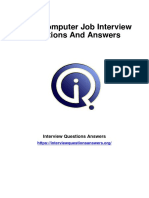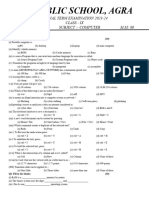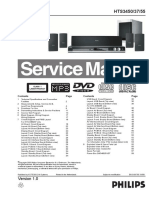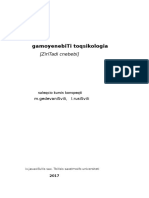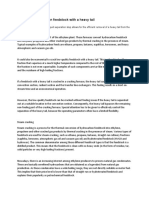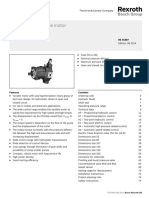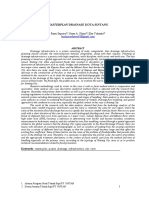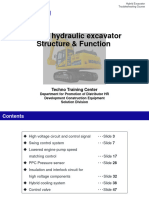0% found this document useful (0 votes)
6 views3 pagesDataEntry Interview QA
The document is a Data Entry Interview Q&A Handbook that outlines common interview questions and answers related to data entry positions. It covers general HR questions, computer knowledge, MS Word and Excel skills, typing accuracy, email etiquette, and scenario-based questions. The responses emphasize the candidate's skills, experience, and approach to data entry tasks.
Uploaded by
aryanCopyright
© © All Rights Reserved
We take content rights seriously. If you suspect this is your content, claim it here.
Available Formats
Download as PDF, TXT or read online on Scribd
0% found this document useful (0 votes)
6 views3 pagesDataEntry Interview QA
The document is a Data Entry Interview Q&A Handbook that outlines common interview questions and answers related to data entry positions. It covers general HR questions, computer knowledge, MS Word and Excel skills, typing accuracy, email etiquette, and scenario-based questions. The responses emphasize the candidate's skills, experience, and approach to data entry tasks.
Uploaded by
aryanCopyright
© © All Rights Reserved
We take content rights seriously. If you suspect this is your content, claim it here.
Available Formats
Download as PDF, TXT or read online on Scribd
/ 3










